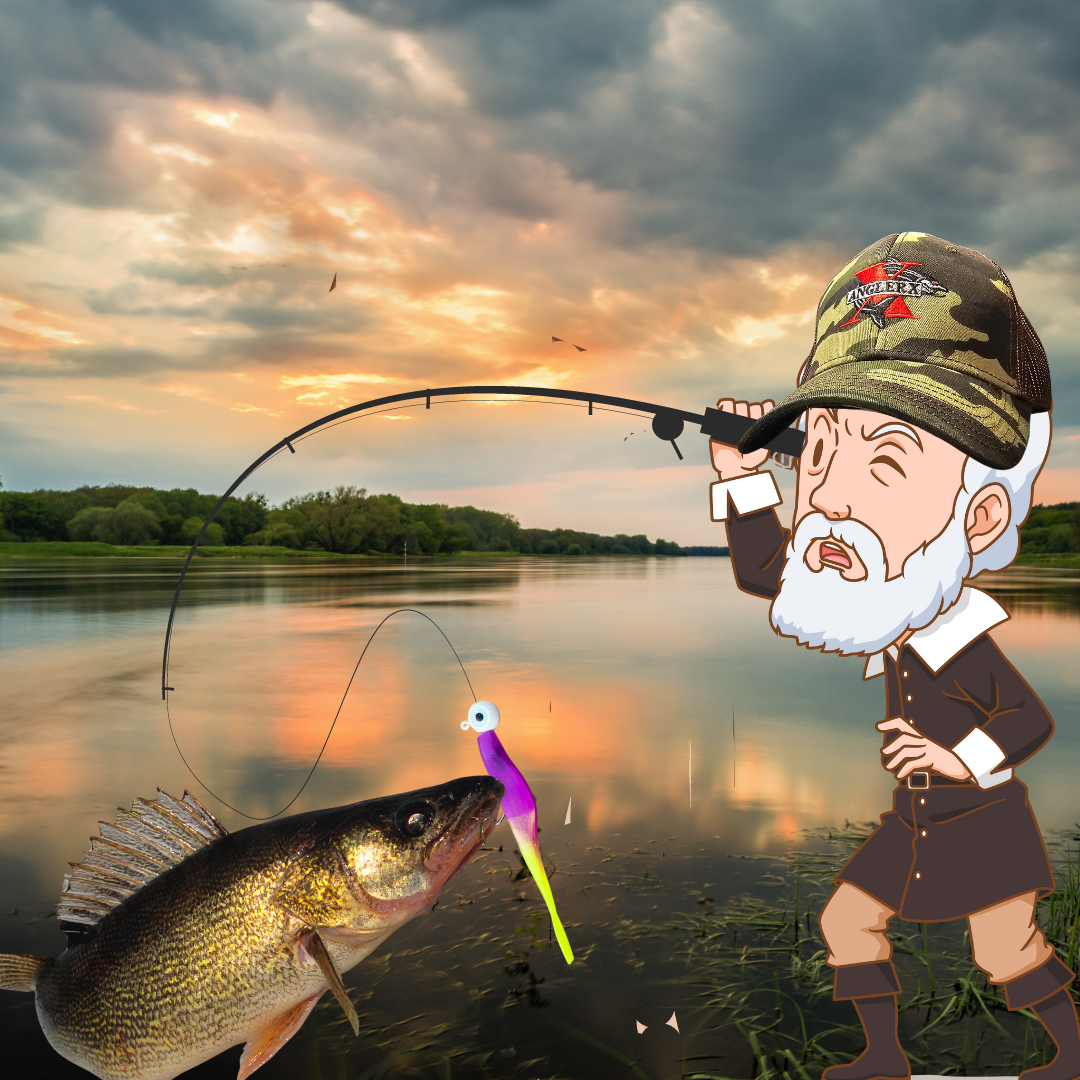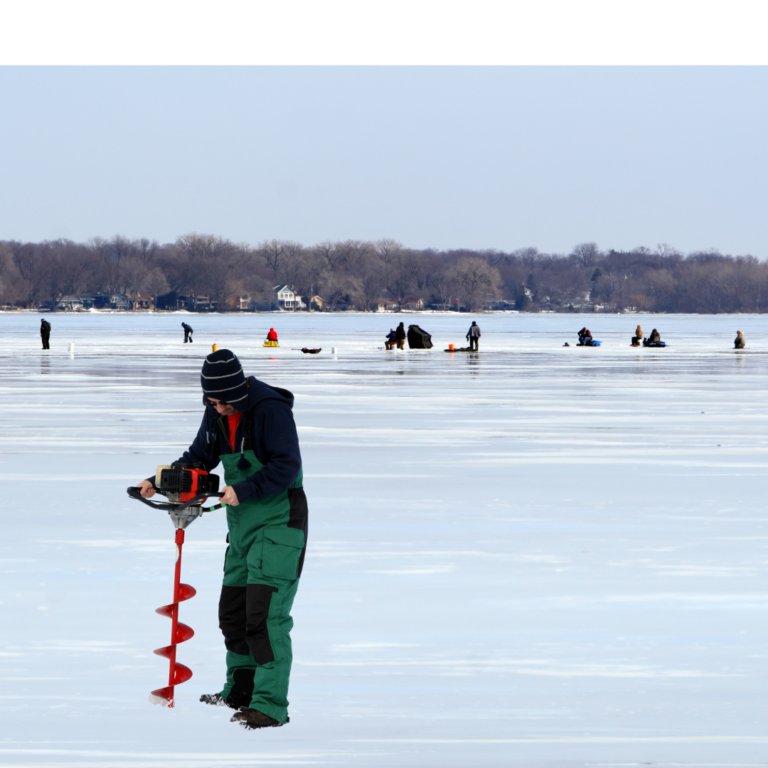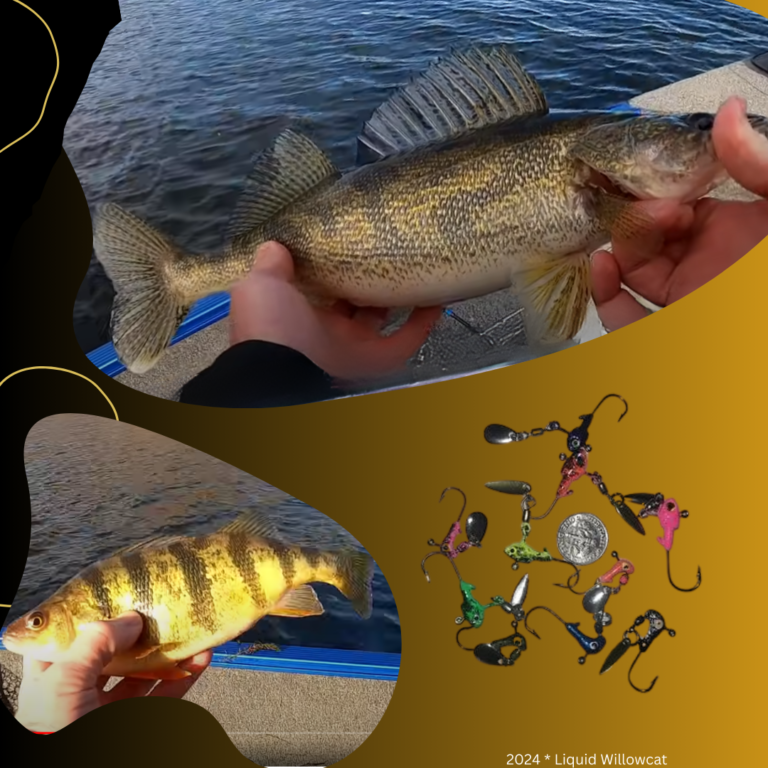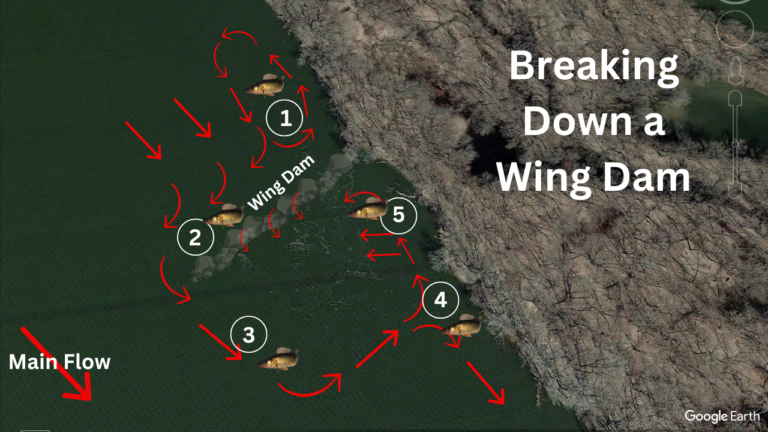Fishing a Jig Part 2

The last article discussed how versatile and effective fishing a jig can be for catching most fish species. This article will get more granular and discuss jig weight, plastic style, line weight, and line style.
Each variable affects the rate at which a jig falls to the bottom. Adjusting these variables will allow you to control the fall rate of a jig in a way that is most appealing to the fish. If the fall rate is too fast, the fish’s strike window is too short or nonexistent. Conversely, if the fall rate is too slow, the jig may never reach the strike zone, and detecting the bottom may be challenging.
Let’s talk about physics!
To effectively fish a jig, you must have the right combination of jig weight, plastic size and style, and line size and style to achieve the perfect jig fall rate. But what about Galileo’s Falling Bodies theory? All objects on Earth fall at the same rate regardless of mass, right? That is true in a vacuum, but we don’t live in a vacuum. Good thing, too, because that would suck!
The more surface area an object has, the more resistance it will experience while moving through water.
In the case of jigs, fluid friction opposes the jig’s descent to the bottom. We can increase the fall rate of a jig by reducing the surface area of our fishing line and our lure or by increasing the weight of the lure to overcome more of the fluid friction. As an angler, it’s your job to find the right combination of line weight, lure size, and jig weight so that the jig can be presented in a way that is appealing to fish.
Let’s pretend to go spring walleye fishing on the Mississippi River. You will need to choose a lure, line, and jig weight. For me, line weight is a constant. I religiously use an 8-pound test monofilament for high visibility. Why mono and not braid? That may be a discussion for another time, but for now, just understand that braid has much less surface area than mono and will tend to allow your jig to fall faster.

Now, we need the right jig weight and plastic style. For 2-1/2 – 4 inch plastics, I use jig weights of ¼ ounce–½ ounce. Fluke-style plastics are streamlined and will experience low fluid friction in the water, allowing them to fall faster. Paddletail plastics with ribs and swinging tails experience high fluid friction and require more jig weight.
Ok, we’re in the boat. You’re fishing an 8-10 feet deep sand flat. Tied onto your line is an ¼ ounce lead head jig tipped with a fluke-style plastic. You’re casting downstream, and everything seems right, but you’re not getting a bite. You change to a ribbed paddletail but stay with the ¼ ounce jig head. On your first cast, you notice it feels heavier, and you can’t detect the bottom.
Why can’t you detect the bottom?
This is due to the increased fluid friction on the large paddletail. To overcome the added fluid friction, you will need to increase the weight of your jig to 3/8 ounce or maybe even ½ ounce. Be aware that other factors, such as water depth and current, may also be at play. Deeper water and higher flow will require more jig weight. Also, the angle of the cast placement with respect to the flow direction plays a role in the jig fall rate.
Casting upstream will yield the fastest fall rates (not recommended), and casting directly downstream will yield the slowest ones. I like to cast at a 45-degree angle in the downstream direction and let the jig swing with the flow. Again, experiment with jig sizes and plastic styles to achieve the perfect fall rate cadence.
The jig fall rate is critical to jig presentation! By altering the control variables, we can offer a bait that looks natural and enticing to feeding fish. Mastering this balance is the first step to fishing a jig effectively.
The following article will discuss lure selection and jig fishing techniques. I’ll also provide insight into determining whether your lure selection is ideal.
Talk soon, Angler X
Stay warm on the ice with Piscifun Ice Suits and Use code: Anglerx15 to get 15% off!








Thanks for these blogs, I enjoy learning more about jigs and artificial bait. I watch your videos and learn a lot that way, instead of 20 minutes of just casting and catching fish you explain the why and how of your actions.
Hello Dale, we are glad you are finding the blogs and videos helpful. We appreciate your feedback- it helps us decide what content to produce. Hopefully some of the techniques are working well for you. Thank you for your support.